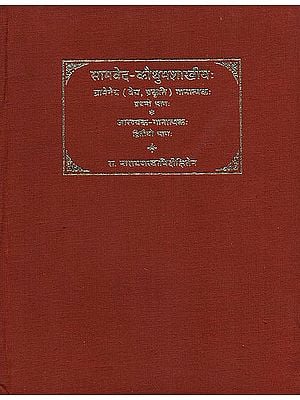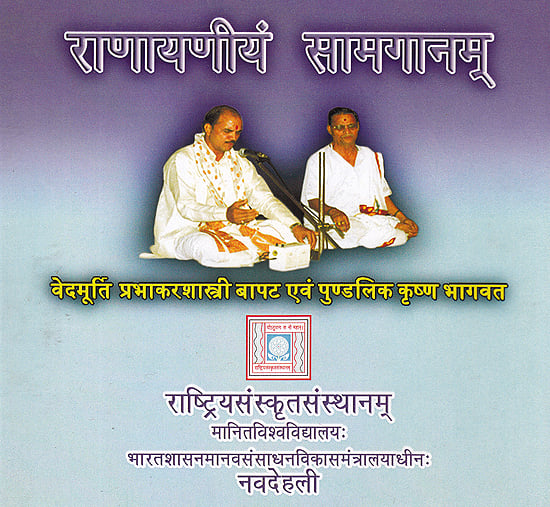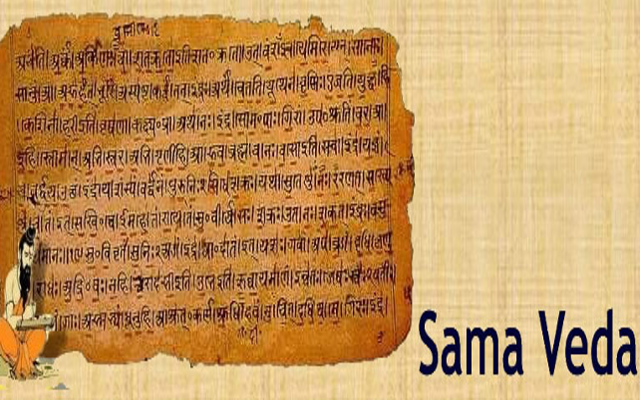

The Jaiminiya is said to be different from the other two, in both the aspects. The Kauthumiya and Ranayaniya carry the same set of mantras but their internal grouping differs and there are also variations in their svaras (accent). Kauthumiya, Ranayaniya and Jaiminiya, have survived. In any case, of the many, only three recessions ( shakhas) Viz.

That perhaps was a poetic manner of suggesting there were a range of styles of rendering Sama. Patanjali in his Mahabhashya remarks that there were a thousand recessions ( shakhas) or ways of singing Sama – sahasra-vartma samvedah. There were numerous styles of singing Sama. Sama, thus, represents the earliest known instance of deep relationship between religious life and Music. Sama-singing ( Sama-gana) was an integral part of a Yajna. This is the Sama Veda as it is generally understood and sung.Ģ.2. This is the text for singing expanding each mantra with notations and instructing how mantras are to be sung. The musical effect or the ‘floating form’ of the Sama-gana is enhanced by interpolation of Svaras and meaningless sounds called Stobha (which resemble shouts of joy) such as: Hoyi, Hoi, Hova, Hai, Haw, Oi, Ai, Ha, Ho, Uha, Tayo, etc. While rearranging the text for the purpose of singing, the selected mantras are converted to Saman by turning, twisting, elongating its syllables and, by inserting various modulations, rests, and other modifications. But, the selected mantras are rearranged to suit the sequence of rituals during the Yajna or according to the meters (chhandas) or the gods to whom mantras are addressed.Ģ.1. Here, the mantras are not in the order they originally appear in Rigveda. The second segment called Sama–gana text. This segment contains the selected mantras as they appear in the Rig Veda. The first segment is called Sama – Yoni ( adhara) mantra Samhita, meaning that it is the basic text. In other words, Sama took maathu (words) from Rig Veda and provided dhathu the musical substance to those words. Sama Veda is perhaps the earliest known musical literature.ġ.3. Sama Veda is thus, virtually, a musical rendering of the selected mantras from Rig Veda. It is said the term Sama is composed of: SA, which stands for Rik (Vedic Mantra ) and AMA, meaning various notes ( Brihad Up: 1-3-22).

Most of the mantras are in Gayatri chhandas (metre), while some are in Pragatha. Out of the 1,549 mantras in Sama Veda Samhita, as many as 1,474 mantras are taken from Rig Veda (mainly from the eighth and the ninth Mandalas).

That collection of lyrical Mantras came to be known as Sama Veda Samhita and was regarded as the fourth Veda.ġ.2. The group of priests who sang (Samaga or Chandoga) the Mantras, initially, compiled a text for their use by putting together selected Mantras from Rig-Veda (the oldest known text) that could be sung during the performance of a Yajna or a Soma Yaga. During the Yajna-s, it was customary to invoke and invite devas (gods) by singing hymns dear to them or dedicated to them and to recite the mantras while submitting to them offerings ( havish) through Agni, the carrier ( havya-vahana). The Yajna-s, were at the very heart of the Vedic way of living. Sama Veda is linked to music through Yajna. The earliest form of organized Music that we know about is the Music of Sama Veda or the Saman.


 0 kommentar(er)
0 kommentar(er)
